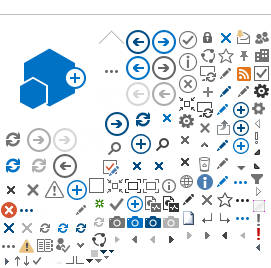What is biliary stent placement?
A biliary stent, also known as a bile duct stent, is a thin, hollow tube that is placed in the bile duct. The stent holds the duct open after the duct has been blocked or partly blocked.
Fluids like bile need to flow through your bile duct into your intestine to help digestion. If the duct is blocked, these fluids can build up in the liver. This can cause symptoms such as jaundice (yellowing of your skin and whites of your eyes), belly pain, and nausea. Bile that isn't draining as it should can get infected.
Opening up the duct with a stent allows bile to drain and can help you feel better.
There are two ways your doctor can place a bile duct stent: ERCP and PTC.
ERCP (endoscopic retrograde cholangiopancreatography)
In an ERCP, the doctor will use a tool called an endoscope, or scope. It is a thin, lighted tube that bends. It has a camera on it so the doctor can guide the scope to the bile duct. The doctor uses the scope to put a metal or plastic tube in the bile duct. This can help open the duct.
Before the test, you may get medicine to numb the back of your throat. You also will get medicine to help you relax. During the test, you may be asked to lie on your side.
PTC (percutaneous transhepatic cholangiography)
In a PTC, the doctor moves a long needle through your belly and into the liver. The needle is used to inject dye into the liver. X-rays are taken while the dye moves through the bile ducts. The doctor will take that needle out and insert a special hollow tube into the bile duct. The doctor will then move the stent through this tube and place it in the bile duct.
You will get medicine to numb your skin and keep you comfortable during the test. Some patients will require a general anesthetic.
How do you prepare for the procedure?
Procedures can be stressful. This information will help you understand what you can expect. And it will help you safely prepare for your procedure.
 Preparing for the procedure
Preparing for the procedure
- Do not eat or drink for 6 to 8 hours before the procedure.
- Be sure you have someone to take you home. Some medicines you'll get during the procedure will make it unsafe for you to drive or get home on your own.
- Understand exactly what procedure is planned, along with the risks, benefits, and other options.
- Tell your doctor ALL the medicines and natural health products you take. Some may increase the risk of problems during the procedure. Your doctor will tell you if you should stop taking any of them before the procedure and how soon to do it.
- If you take aspirin or some other blood thinner, be sure to talk to your doctor. They will tell you if you should stop taking it before your procedure. Make sure that you understand exactly what your doctor wants you to do.
- Tell your doctor if you have an allergy to contrast (dye used for some X-rays).
- Make sure your doctor and the hospital have a copy of your advance care plan. If you don't have one, you may want to prepare one. It lets others know your health care wishes. It's a good thing to have before any type of surgery or procedure.
- You may be asked to have bloodwork done before your procedure.
Where can you learn more?
Go to https://www.healthwise.net/patientEd
Enter S148 in the search box to learn more about "Biliary Stent Placement: Before Your Procedure".
